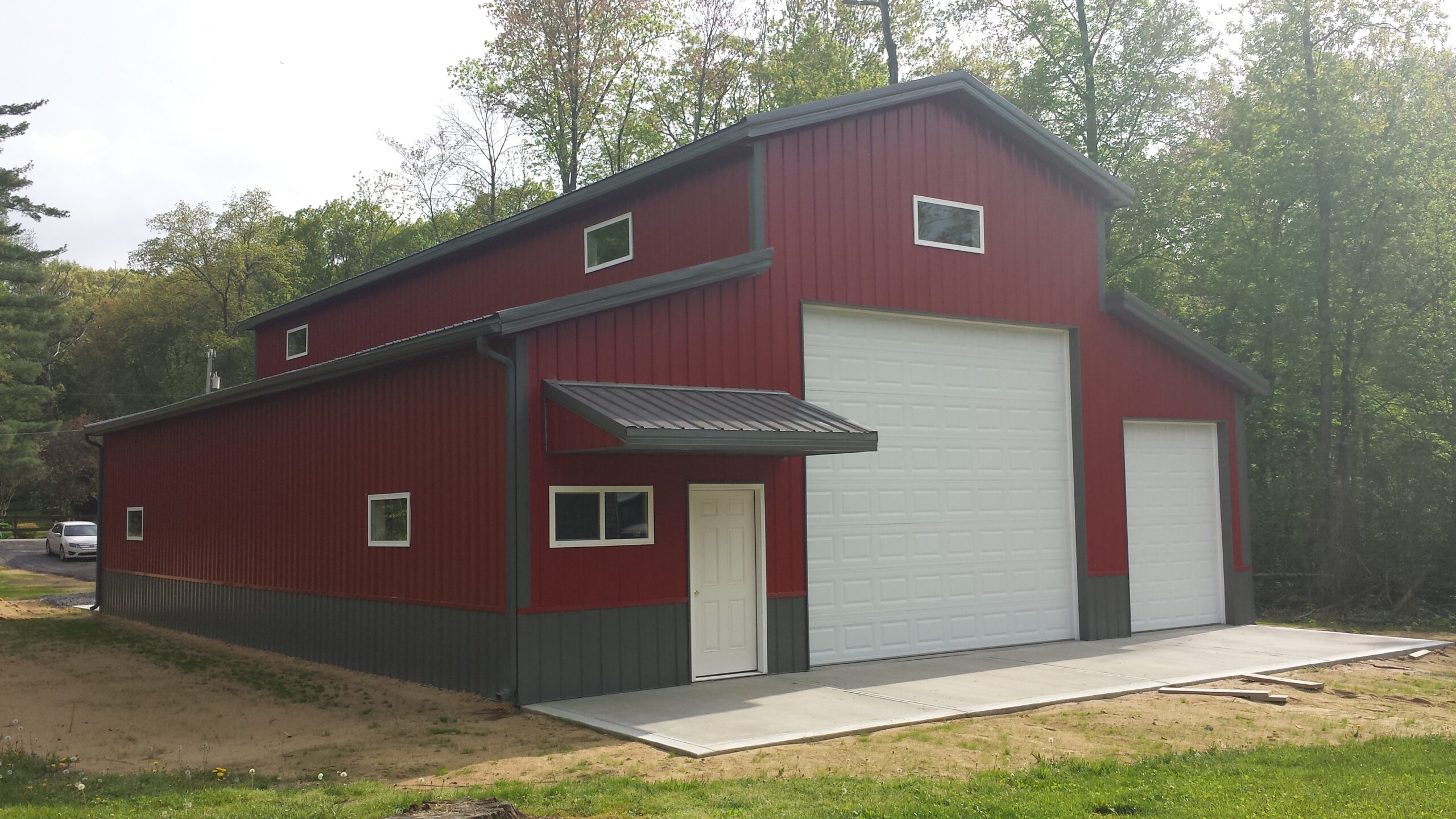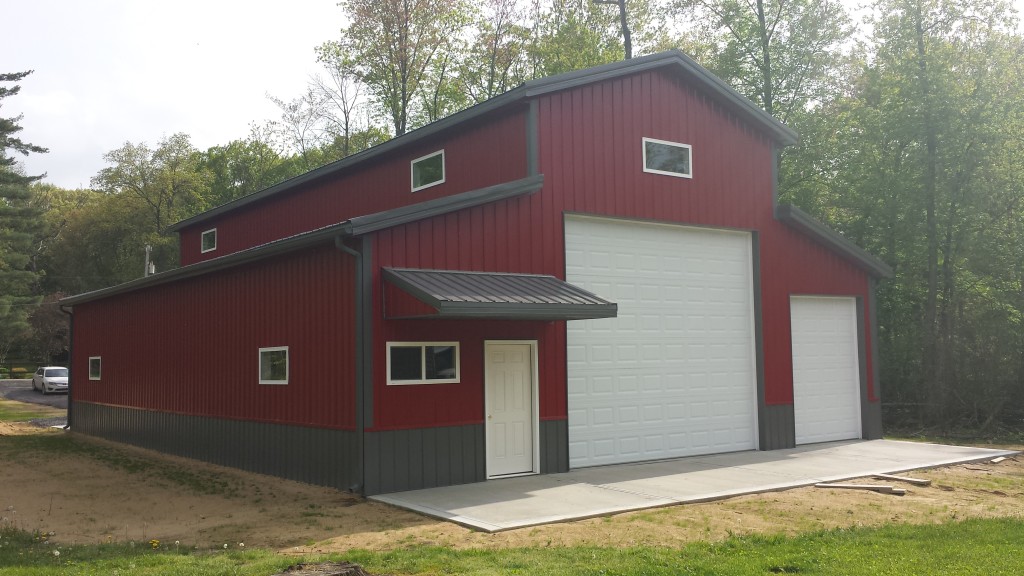
When most people hear “pole barn,” they may think of a cheap, flimsy building with little support other than small posts stuck in the ground. These and other unfortunate misconceptions keep many people in agricultural fields from enjoying a pole barn’s financial, environmental, and comparable benefits. Today, we’re going to clear up some of the most common pole barn myths and replace them with positive facts that can help you decide if this structure is right for you.
Myth 1: Pole Barns Are Not Constructed Well
It’s true that some professionals will slap a pole barn together so they can collect their checks and move on to the next job. However, most installers are dedicated to their work, and all states have strict regulations as to how a pole barn must be built. For example, most states require that posts be planted several feet into the ground well below the frost line. Installers are generally required to turn in detailed construction plans.
Myth 2: Pole Barns Can’t Be Heated
Actually, pole barns are easier to insulate than enclosed ones because they utilize large areas of uninterrupted space. This gives you plenty of room to add interior walls, electrical wiring, and quality insulation. You can add extra protection from items like insulation blankets, which are great choices for horse barns or any other structures that don’t need full heat during fall and winter.
Myth 3: Pole Barns Aren’t Weather – or Fire – Resistant
Many people are resistant to pole barns because they think the building’s material will rot when exposed to wet weather, or the building will immediately collapse if a fire occurs. In reality, pole barns can withstand heavy weather and fire damage better than their enclosed counterparts.
Advances in wood treatment protect wooden pole barns from rotting even in heavy rains. A pole barn with wooden posts can also withstand high winds because the wood is flexible enough to “give,” but then allow the barn to retain its shape. Finally, wooden pole barns are quite fire-resistant. Wood must burn all the way through before collapsing; because this takes a while, owners have more time to put out the fire and rescue inventory.
Myth 4: You Can’t Work in Pole Barns
In reality, a pole barn can be partitioned using sturdy lumber barriers or interior walls. Sturdy vapor barriers easily reduce noise when rain or high winds occur. Additionally, because pole barns’ temperatures are easy to control, you can work comfortably in them for several hours.
Despite what you may have heard to the contrary, pole barns are cost-effective and comfortable working environments. They are actually more environmentally friendly and weather-resistant than their closed counterparts, making them a wiser long-term investment and far more enjoyable for homeowners.
Have more questions about pole barns? Let us help at MilMar Post Buildings.